BBC Earth newsletter
BBC Earth delivered direct to your inbox
Sign up to receive news, updates and exclusives from BBC Earth and related content from BBC Studios by email.
Conservation
Nearly 50 years after Sir David Attenborough wrote about his time in the wilds of Borneo, Dr Vivien Cumming retraces his steps.
Before a trip to Borneo in 2013 a friend handed me a book with an article about Mt Kinabalu in it.
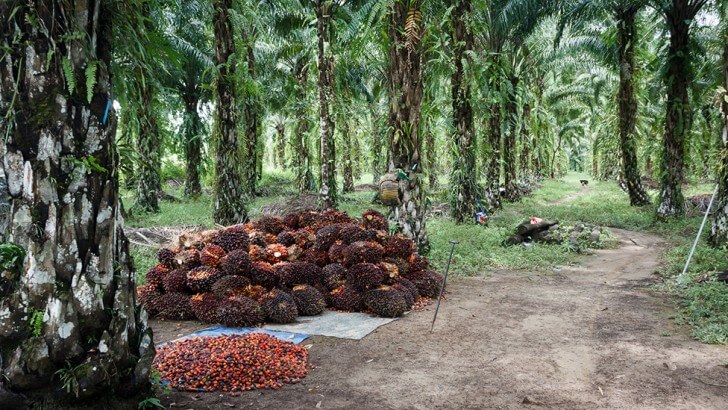
The book, called 'The World's Wild Places', a Time-Life series volume on Borneo published in 1970, contained a chapter by Sir David Attenborough entitled 'Up Mt Kinabalu’. In it, Attenborough paints a vivid picture of a mountain shrouded in unrivalled biodiversity; “The mountain is stocked with a phenomenal amount of different plants. The summit is an area of such splendour that we stayed there as long as we could. Borneo lay spread beneath us.” He goes on to describe the coast and other surrounding peaks and says, “between them all the flat hazy-green blanket of the jungle.”
The book cemented my desire to visit Borneo, the world’s third largest island, and climb its highest mountain. A recent study, published on PLOS ONE and looking at satellite images, found that 75% of Borneo was covered in rainforest in 1973, shortly after Attenborough wrote this article, but since then there has been a 30% decline in rainforest cover. The jungle landscape has changed with vast tracts being cut down to make way for palm oil plantations, was I going to see the promised “hazy-green blanket of the jungle”?
Kinabalu Park is a Unesco World Heritage site and has been designated as a Centre of Plant Diversity for Southeast Asia as it is exceptionally rich in species. A 15 million year old granite intrusion, it was thrust upward one million years ago by tectonic movements reaching 4,095m today. Because of its large altitudinal range and tropical location, it has a huge range of habitats, from rich tropical lowland rainforest to tropical mountain forest, sub-alpine forest and scrub. Due to it having Unesco status, 93% of the park is still forested, but what lies outside the park is a different story.
When I climbed Mt Kinabalu I was in my late 20s and in search of those awe-inspiring moments described so often by Attenborough. As a first experience of the ‘real’ jungle it didn’t disappoint. Exploring the rainforest is like nothing else; raging rivers run through trees taller than you can imagine; extraordinary birds sing in the canopy; there are plants that eat insects like the Nepenthes (known as Pitcher Plants); and unusual orchids dangle from branches. With a cacophony of sound, nothing can prepare you for the assault on all your senses, in the rainforest nature feels so real and so raw.
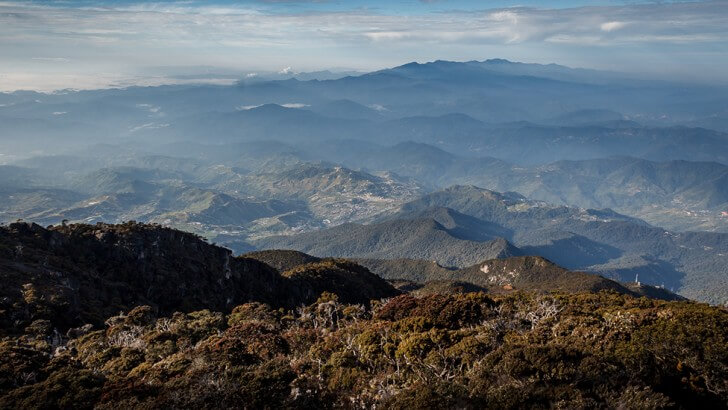
Mt Kinabalu, like any other mountain, presents a challenge and its reward is the view. And I was in no way disappointed. The vast moonlike granite summit poked its jagged peaks above the rainforest with the early morning orange rays catching the shiny surface of leaves. What I saw was different to what David Attenborough saw. While he witnessed thick jungle as far as the eye could see, I was greeted by patches, broken up by tracts of bare land, oil palm plantations and roads cut through to reach new destinations. I was still in awe of the nature I was seeing, but there was so much missing.
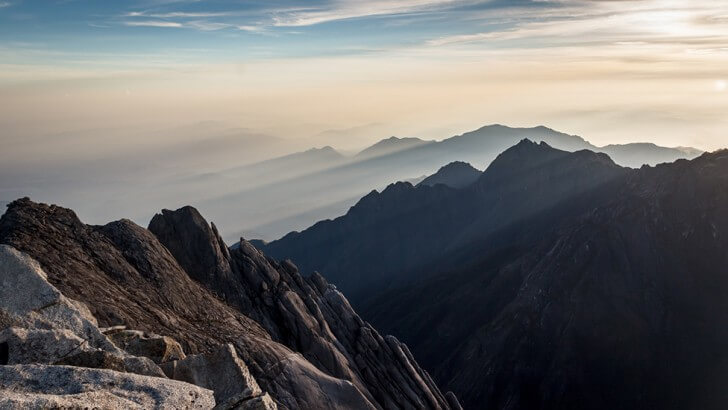
All over Borneo you feel like something is missing. At the Kinabatangan River, an incredible array of wildlife from orangutans to pygmy elephants is confined to a small corridor of intact rainforest surrounded by increasing oil palm plantations. It is a fantastic place to see wildlife, but only because the wildlife has nowhere else to go. As reported in The Guardian newspaper, Attenborough himself has successfully fought to save this area from new roads and bridges that would confine the wildlife even more.
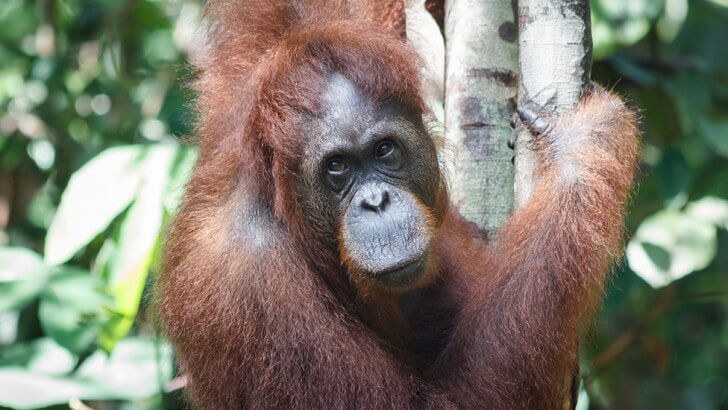
This is the face of the modern world. Nature is destroyed to meet modern consumption needs. It happens slowly, so slowly that you often don’t know it or see it. And then one day it’s gone. A recent WWF Living Planet Report highlighted "exploding human consumption" as causing a massive drop in global wildlife populations in recent decades; losses in vertebrate species (animals with a backbone) averaged 60% between 1970 and 2014.
We are brought up in a world conditioned not to see nature as number one but as a resource to be used up. Just as the rainforest in Borneo disappears so does our appreciation for nature. As Attenborough has said many times; “the question isn’t when do children become fascinated by nature, but when do they lose their fascination.”
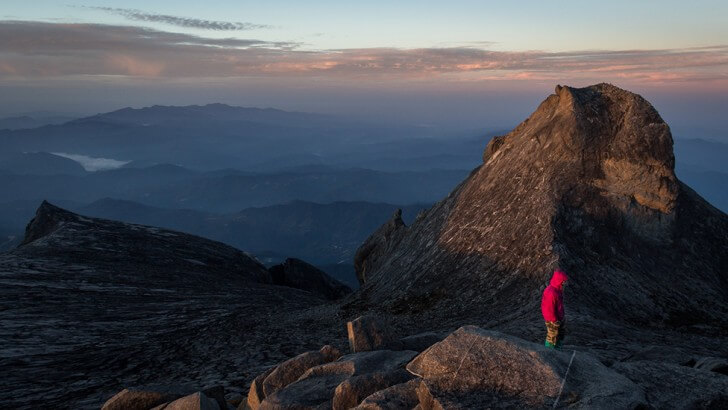
That fascination can come back, sometimes all it takes is to see the branches of a tree blowing in the wind, or a bird pulling a worm out of the ground. As multiple studies have found; nurturing our passion for nature is key, not only for preservation of the natural world, but also for our own mental health.
I don’t believe mourning what is lost is helpful, but appreciating what we still have and caring for its future is critical now. Nearly 50 years after Attenborough was in Borneo, I saw a huge change in the rainforest. I hope that 50 years from now, a person at the top of Mt. Kinabalu will see what I saw, that the jungle will still be there for them to wonder over.
Featured image by Dr Vivien Cumming